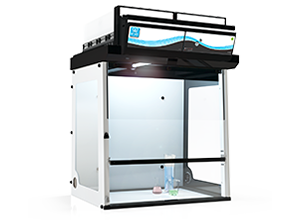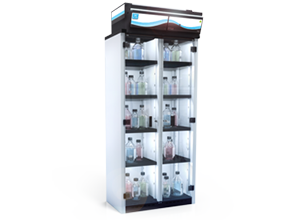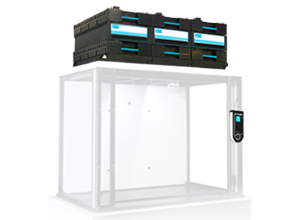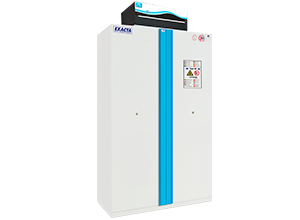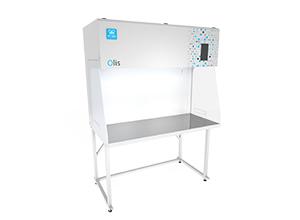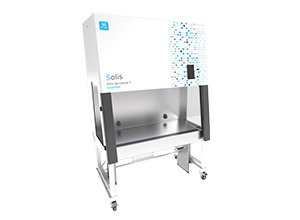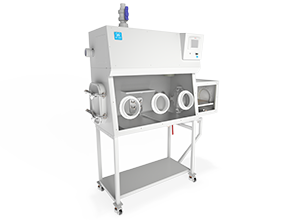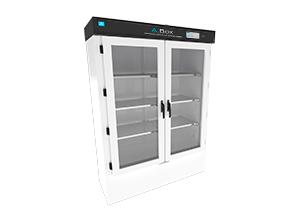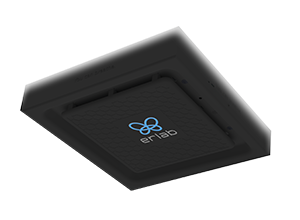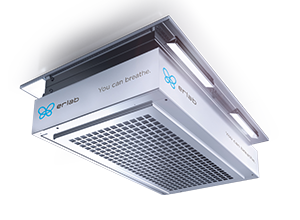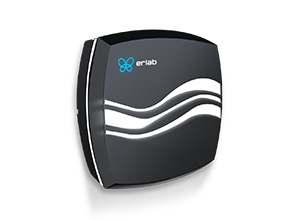Originally developed to capture pathogens (viruses, bacteria, etc.) from the air in biology laboratories, Halo P Smart air purification stations are recommended for any enclosed or poorly ventilated public space.
Halo p Smart.
An effective
Air purification system
To combat viruses,
Bacteria
And allergens.
Halo P Smart air purification stations capture viruses, bacteria, allergens and all particulate matter at the source and permanently trap them in a high-efficiency filter with multiple layers of bonded glass microfibers.
Perfectly decontaminated air.
In response to the COVID-19 pandemic, they are particularly suitable for areas where wearing a mask is impossible (restaurants, staff and school canteens, etc.) or difficult (gyms), as well as in places where social distancing is difficult (enclosed offices, elevators, etc.).

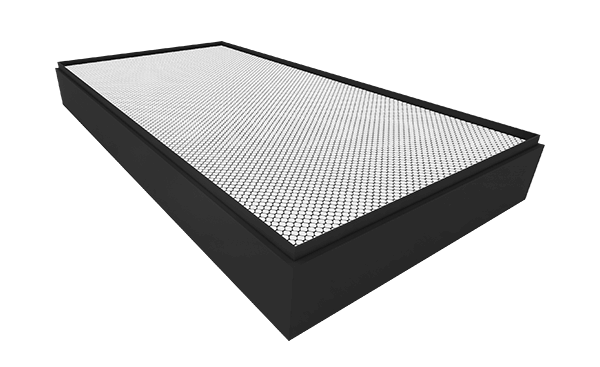
The most powerful filters on the market for tackling the coronavirus.
ERLAB equips its Halo P air purification stations with a laboratory grade HEPA H14 particulate filter or, if necessary, an ULPA U16 particulate filter for situations posing the highest health risks.
Compliant with the EN 1822 particulate filtration standard, the HEPA and ULPA filters provided for the Halo P ensure ultra-low particle penetration and can achieve a pollution-free air filtration efficiency of between 99.995% (HEPA H14 filter) and 99.999995% (ULPA U17 filter), which is 10 to 1000 times more powerful than other air filtration systems currently on the market.
These filters are designed for the most complex health situations. They effectively and significantly reduce the spread of all viral and bacterial pollutants, particulate matter and allergens.
They are the same filters as those used in all laboratory microbiological safety cabinets for handling pathogenic microorganisms in total safety.
The ultimate defense against particulate matter (PM 2.5).
Particulate matter, or PM, refers to particles suspended in the atmosphere. It can originate naturally (volcanoes, forest fires, etc.) or due to human activity (diesel, open fires, etc.). A high level of fine or ultrafine particles in the air is a health risk factor which leads to decreased life expectancy. PM is, as a category, classed as carcinogenic for humans by the International Agency for Research on Cancer (IARC), and its inhalation causes or aggravates numerous cardiovascular disorders including myocardial infarction, stroke, and heart failure.
According to the World Health Organization (WHO), PM2.5 (less than 2.5 µm in diameter) kills more than 4,000,000 people per year. Chronic exposure to these particles increases the risk of chronic diseases such as type 2 diabetes and high blood pressure. Children and the elderly are most at risk.
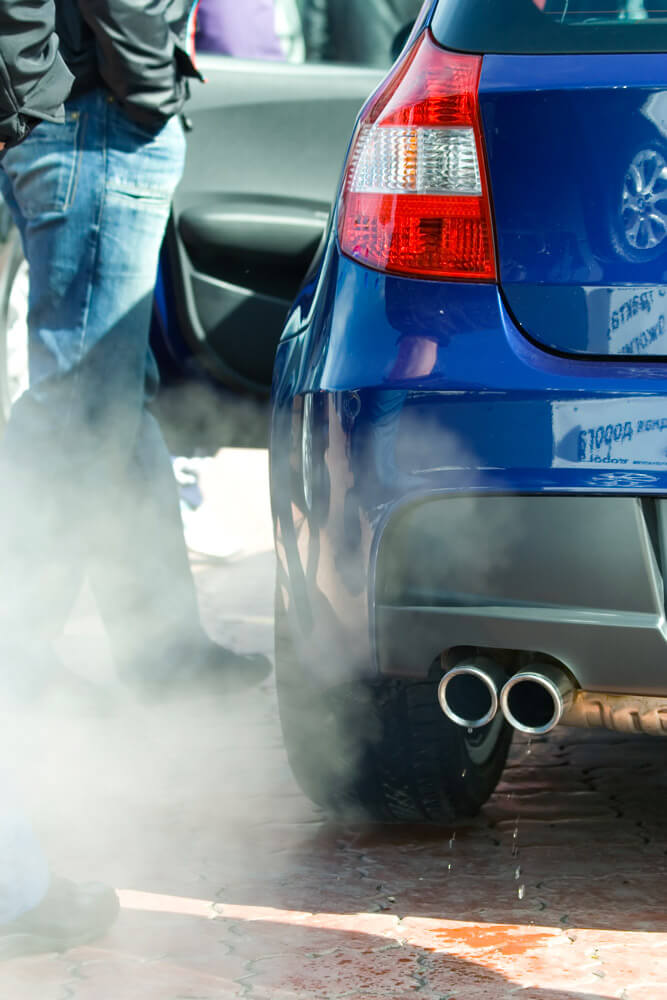
Can all air filtration systems on the market capture the coronavirus?
Most air filtration systems on the market lack the necessary power or scale (size, capacity) to guarantee pure, coronavirus-free air in enclosed public places.
Their filters are generally able to capture particles with a diameter of at least 0.3 microns, but they cannot remove coronavirus particles, which are between 0.08 and 0.125 microns in diameter.
Air safety and energy savings.
A single device provides real-time purification for 3,531 ft3 of air, which is
the volume of air in a room with 376 ft2 of floorspace. It works continuously to entirely replenish the air in a room up to two times per hour. Without opening
the window, the air in the room is purer than the air outside.
Installing one or more Halo P systems in a canteen, classroom, gym or retirement home guarantees a high level of air quality without the need for cumbersome air renewal systems or connections to HVAC (Heating – Ventilation – Air Conditioning) systems that can redistribute chemical or biological atmospheric pollutants throughout a building.
What’s more, by continuously filtering the air in a room without releasing it into the atmosphere, installing a Halo P Smart can result in substantial energy savings.
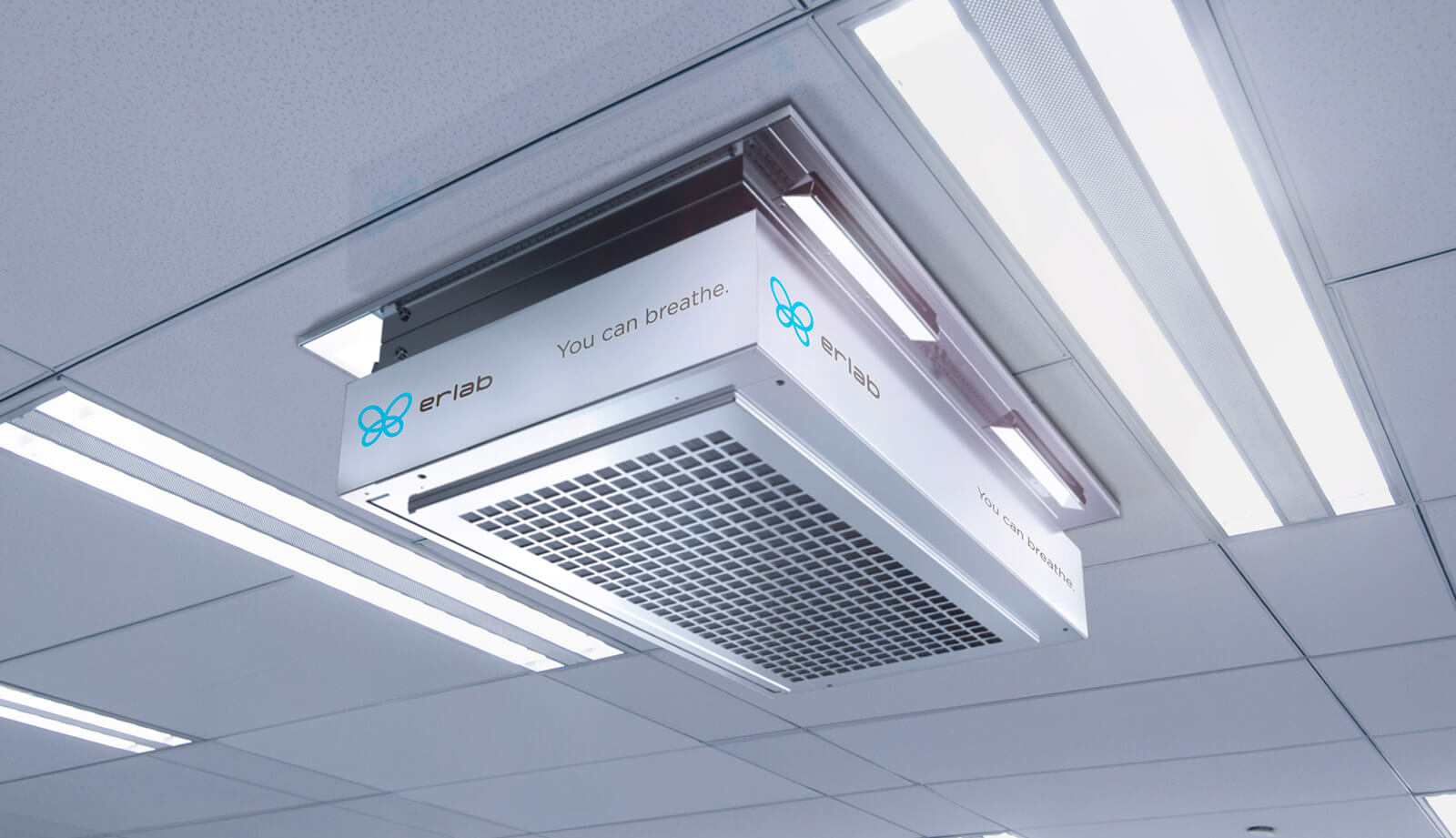
Easy to install and use
Halo P Smart air purification stations are easily installed in the ceiling and take up no floorspace, unlike other air filtration systems on the market. Their elevated position puts them out of the user’s way.
Halo P air purification stations are directly connected to the building’s power, eliminating the possibility of being unplugged. They are designed to operate 24/7 and carry out real-time room level treatment of large quantities of air.
Smart technology
Halo P Smart air purification stations are equipped with Smart technology. They can communicate simply and intuitively with the user using a bright halo LED light which indicates:
The operational status
The sudden presence of pollution
The need to replace the filter when it becomes saturated
The operational status of the fan
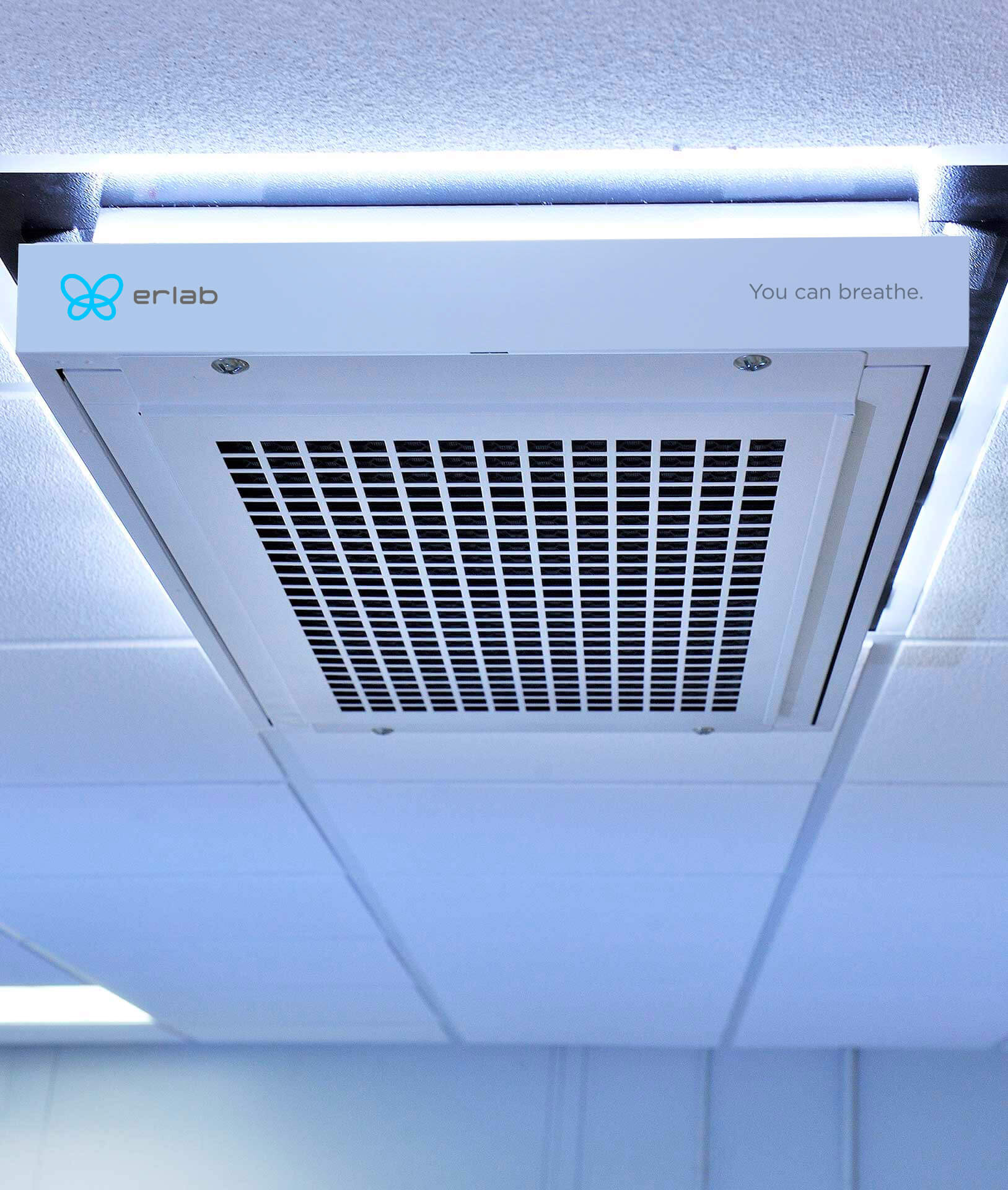
Connectivity
Halo Smart equipment can also connect to your smartphone, allowing you to monitor its operational status remotely.


Safety

Connectivity

Simplicity
The inside look of Halo P Smart
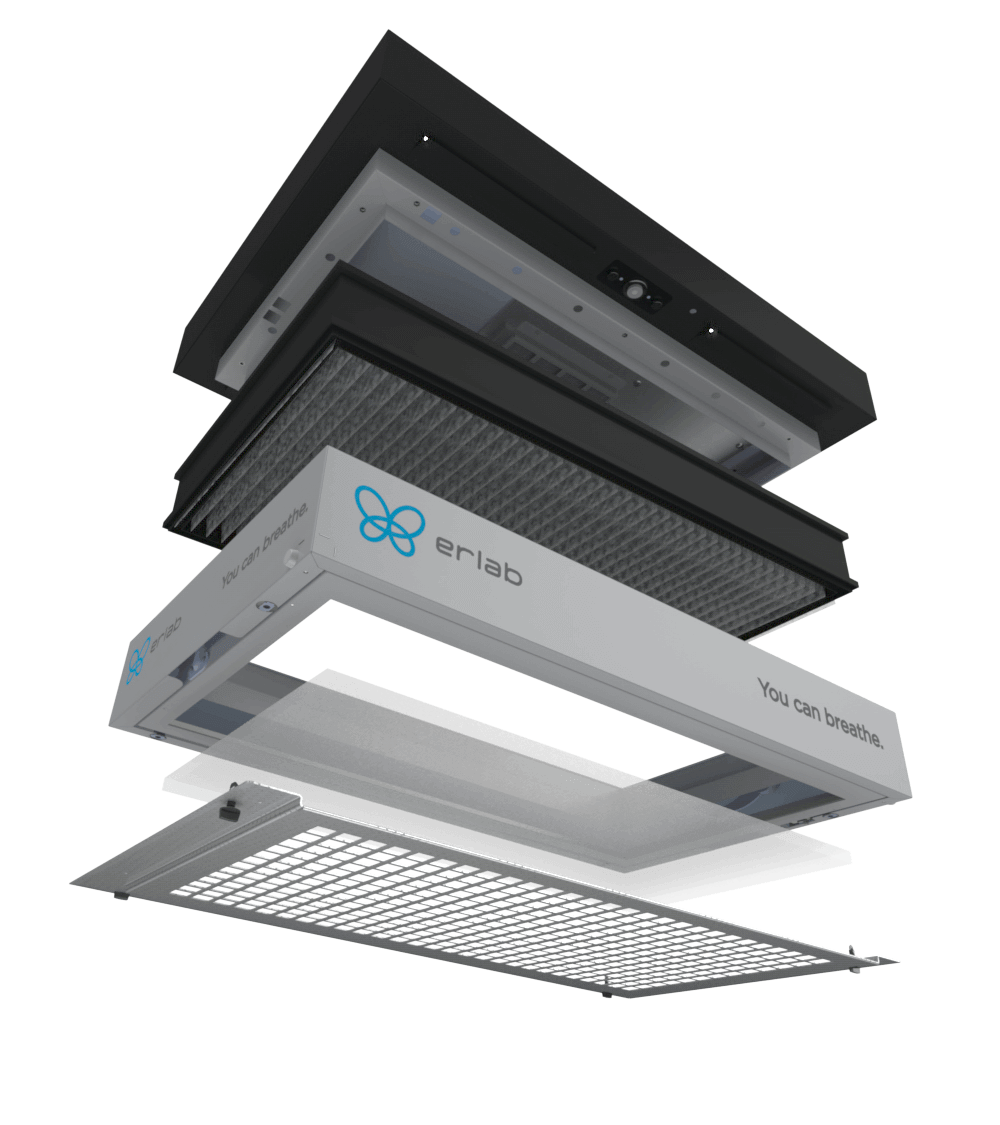
Flashing LED lights (Smart technology) for real-time communication and intuitive updates for the user on the device’s operational status
Internal BMS port
Ethernet port for remote safety monitoring
Four ceiling suspension rings
Eight clean air diffusers for uniform circulation of air throughout the room
Filter performance sensor
Post-filter
Modular filtration column exclusive to ERLAB, allowing 2 high-quality HEPA and ULPA particulate filters to be used
Pre-filter for the absorption of the largest airborne particles (hair, dust, etc.)
Access chamber for easy filter and fan replacement
Filter options
Two filter options are available for Erlab’s Halo P air purification stations:
-
A powerful HEPA filter to detect and filter particles and aerosols > 99.995% pure air
-
An ultra-powerful ULPA filter to filter a wide range of particles and aerosols > 99.999995% pure air
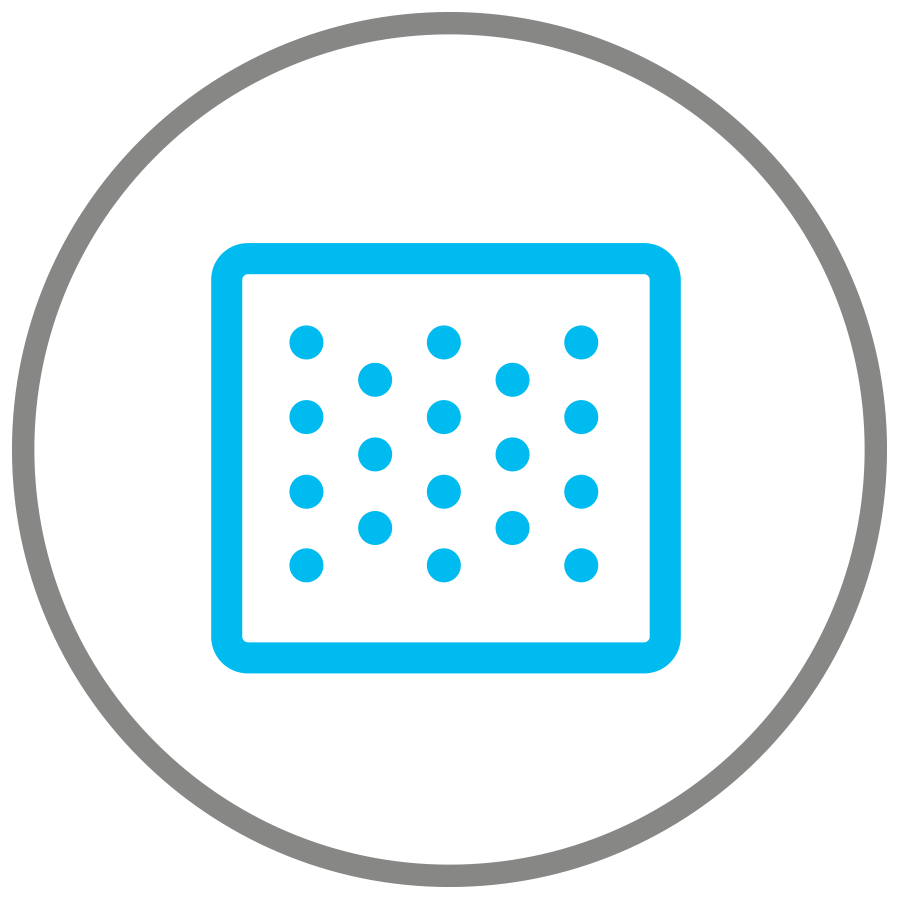
Filtration

Easy to use
and install

Safety




